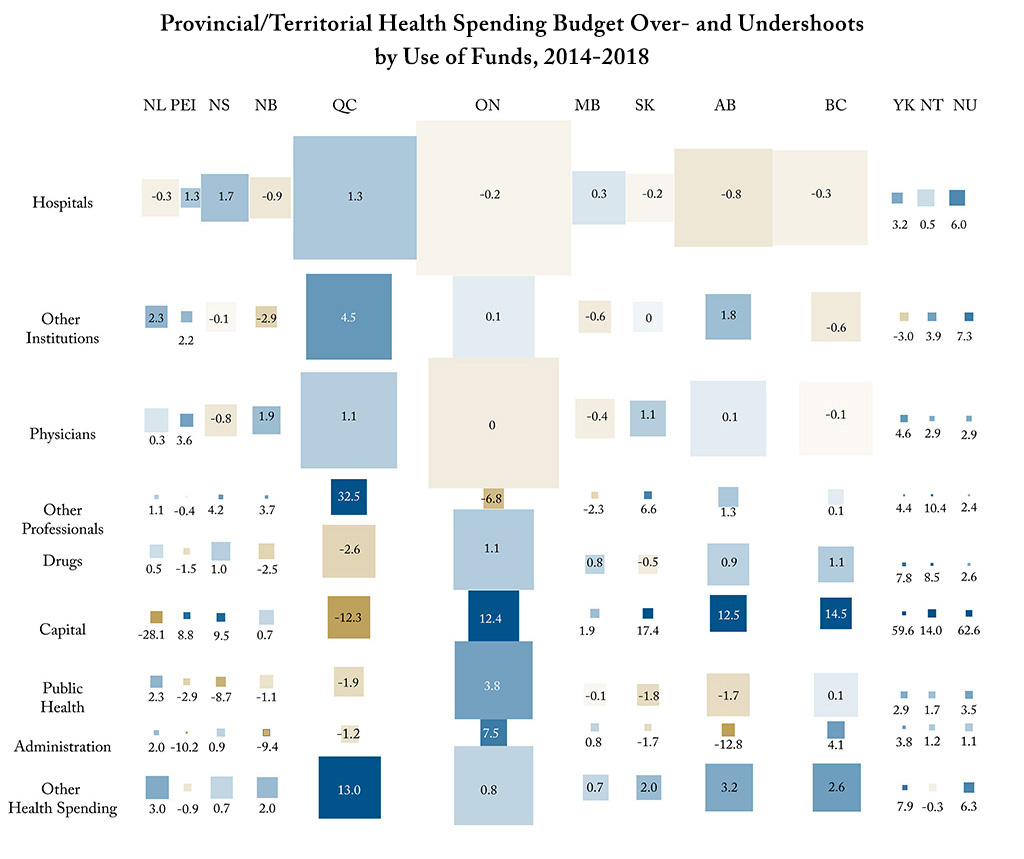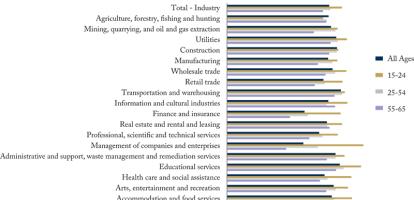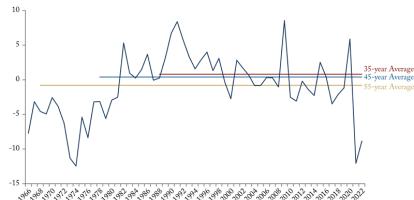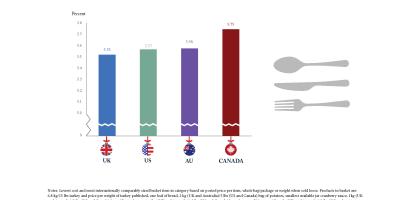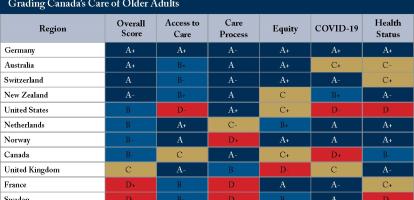Budgeting fiscally sustainable increases in healthcare spending is an important first step, but only if actual spending matches those targets will publicly funded healthcare stay in line with Canadians’ long-term capacity to pay for it. The Canadian Institute of Health Information’s National Health Expenditure Database, which gets its initial projections of spending on healthcare from government budgets, and its later numbers from actual results, reveals that governments have typically overshot their budget plans.
This edition of Graphic Intelligence looks at the difference in preliminary and later figures on healthcare spending by use of funds in each province and territory over the 2014-18 period. Colour indicates the severity of discrepancies between preliminary estimates and actual spending, with overshoots in blue and undershoots in gold. The relative sizes of the squares represent the amounts spent in each jurisdiction, by use of funds.
On average, provincial and territorial governments tend to overshoot budget spending targets by 0.9 percent annually. Spending on drugs, miscellaneous services and capital, in particular, were likely to overshoot. However, this tendency is not consistent across the country; New Brunswick and Manitoba undershot over the entire period, and Newfoundland and Labrador also stood out as a province that budgeted for, and achieved, modest growth in healthcare spending. So overshoots are not inevitable. Provinces and territories can learn from each other’s experience as they work to keep publicly funded healthcare fiscally sustainable.
For more information see There is No Try: Sustainable Healthcare Requires Reining in Spending Overshoots

